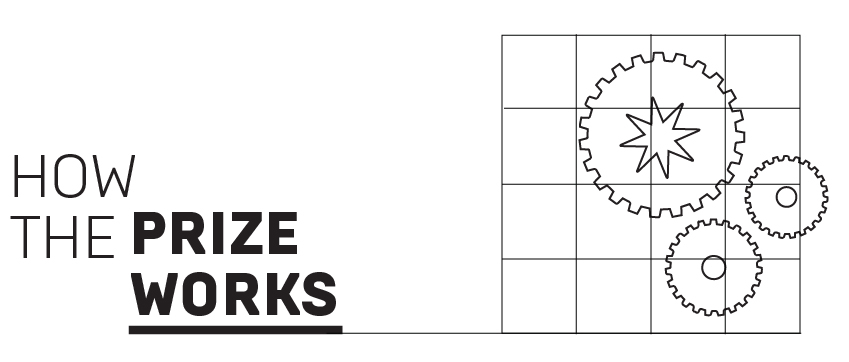
The European Union Prize for Contemporary Architecture – Mies van der Rohe Award is a continuous process focused on how architects are thinking and working in Europe today.
For each two-year period, the following steps take place:
1. Proposals are submitted by a group of independent experts, the member associations of the Architects' Council of Europe (ACE), other European national architects' associations and the Advisory Committee.
2. The Jury members meet to evaluate all the nominated works. They go through the materials presented by the architects in different formats and a selection of shortlisted and finalist works is made.
3. The nominated works are made public through the website and an exhibition, encouraging people to learn about the recent built environment and become part of it.
4. The Jury members visit the finalist works, meeting those who use the spaces, and they make their first decisions about the Prize Winner and their final decision about the Emerging Architect Special Mention.
5. Jury members participate in conferences and discussions on contemporary architecture throughout Europe, creating links between institutions, academic centres and social groups involved in architecture.
6. A ceremony gathers does people involved in the Prize: Jury members, Winners, Finalists, Emerging Architect Special Mention Winners, Shortlisted authors, Experts, European Commission representatives, Barcelona representatives and the clients of the works.
7. The award process is summarised in a catalogue publication and travelling exhibition that features the works chosen by the Jury – the Prize Winner, Special Mention, the Finalists and the Shortlisted Works. All of the works nominated are available for consultation on the Prize database, transforming each edition into a biennial anthology of some of the best work being constructed in Europe.
8. The authors of the shortlisted works participate in seminars, discussions and lectures and the works are presented in different architecture events worldwide.
For each edition, the Jury selects from among nominations submitted by the member associations of the Architects' Council of Europe and the other European architects' associations, a group of experts and the Advisory Committee a single work to be granted the Prize and a single work to be granted the Special Mention, both for their excellence in conceptual, technical and constructive terms. The Jury also makes a selection of shortlisted works to be presented in the catalogue and travelling exhibition. The nominated works are not limited by scale or programme. The selection of the Jury for each edition has included private homes and public housing; museums and cultural installations; educational, health and sports facilities; as well large-scale infrastructure projects and transport systems. The common denominator is that these works all contribute to the construction of the European city. In this sense, the Prize aspires to be a platform for investigation, development and implementation of sustainable architectural practice that promotes the social, cultural and economic benefits of sustainable growth.
"There is no good architecture without a good client." From this premise, the Prize recognises the importance of clients who are aware of the importance of quality in architecture and his task is also highly acknowledged.
The Prize consists of 60.000 € and the Special Mention consists of 20.000 € with both receiving a sculpture that evokes the Mies van der Rohe Pavilion of Barcelona – the symbol for this Prize: excellence and innovation in conceptual and constructive terms.
Organisational Network
The Prize has been a collective project from its inception. The organisational network has been growing with each successive edition and includes the collaboration of the institutions that form part of the Advisory Committee, the Architects' Council of Europe (ACE) member associations and other European architects' associations, who are partners in the organisation of the Prize.
